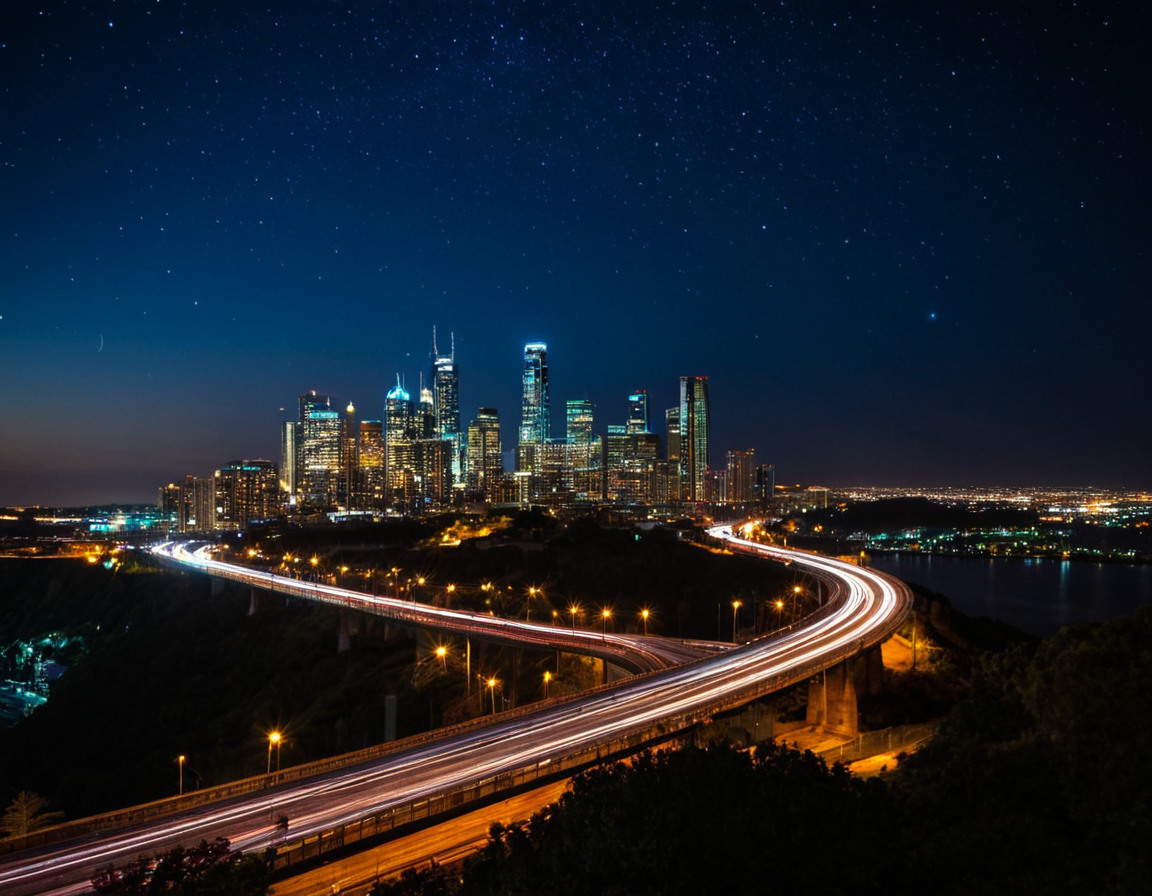Long Exposure Night Photography Tips

The Art of Long Exposure: Techniques for Smooth, Ghostly Nightscapes
Introduction
Long exposure photography is a technique that allows photographers to capture the world in a way that is both beautiful and unique. By slowing down the shutter speed, photographers can create images that are not only breathtaking but also tell a story. In this blog post, we will explore the art of long exposure, its history, and most importantly, the techniques required to achieve smooth, ghostly nightscapes.
Understanding Long Exposure
Long exposure photography is a technique where the camera’s shutter speed is extended beyond the normal range, usually above 30 seconds. This allows the camera to capture more light and create interesting effects such as motion blur, star trails, and ghostly images.
However, long exposure photography is not just about technical specifications; it’s also an art form that requires patience, skill, and practice. Photographers need to understand how to use their equipment, composition, lighting, and most importantly, the environment around them to create the desired effect.
History of Long Exposure
The concept of long exposure dates back to the early days of photography when photographers used cumbersome equipment and techniques to capture images. The first practical long exposure camera was invented in 1839 by Henry Fox Talbot. However, it wasn’t until the 20th century that long exposure became a popular technique among photographers.
Techniques for Smooth, Ghostly Nightscapes
To achieve smooth, ghostly nightscapes, photographers need to master several techniques including:
- Tripod: A tripod is essential for long exposure photography. It allows the camera to remain stable and prevents any camera shake or movement.
- Remote Shutter Release: A remote shutter release or the camera’s self-timer is necessary to avoid any camera shake or movement.
- Graduated Neutral Density Filters: These filters are used to balance the exposure between the bright sky and the dark landscape. They allow more light to enter the lens, but reduce the overall exposure of the image.
- Interval Shooting: This technique involves taking multiple shots at regular intervals. It’s useful for creating star trails or ghostly images.
Practical Example
To capture a smooth, ghostly night scape, follow these steps:
- Set up your tripod and ensure it is stable and secure.
- Use a remote shutter release or the camera’s self-timer to avoid any camera shake or movement.
- Adjust the exposure settings to balance the bright sky and dark landscape using graduated neutral density filters.
- Take multiple shots at regular intervals using interval shooting.
- Use post-processing software to merge the images and create a seamless ghostly effect.
Tips and Tricks
- Practice, Practice, Practice: Long exposure photography requires patience and practice. Don’t be discouraged if your first attempts don’t produce the desired results.
- Understand Your Equipment: Understand how your camera works and what settings are available to you. This will help you achieve the desired effect.
- Respect the Environment: Always respect the environment around you and avoid causing any damage or disturbance.
Conclusion
Long exposure photography is a powerful tool that allows photographers to capture the world in a way that is both beautiful and unique. By mastering several techniques including tripod, remote shutter release, graduated neutral density filters, and interval shooting, photographers can achieve smooth, ghostly nightscapes. Remember to practice, understand your equipment, and respect the environment around you.
What’s next? Will you take up long exposure photography? Share your thoughts in the comments below!
Tags
long-exposure-photography-techniques nighttime-landscape-artistry smooth-ghostly-images-in-nightscapes shutter-speed-mastery-for-long-exposures star-trail-capturing-methods
About Isabella Anderson
As a seasoned photographer and educator, I help creatives unlock their full potential on lentecreativa.com. With 3+ yrs of experience teaching photography techniques & tips, I've worked with top brands to develop innovative tools for photographers. Let's chase those shots!
